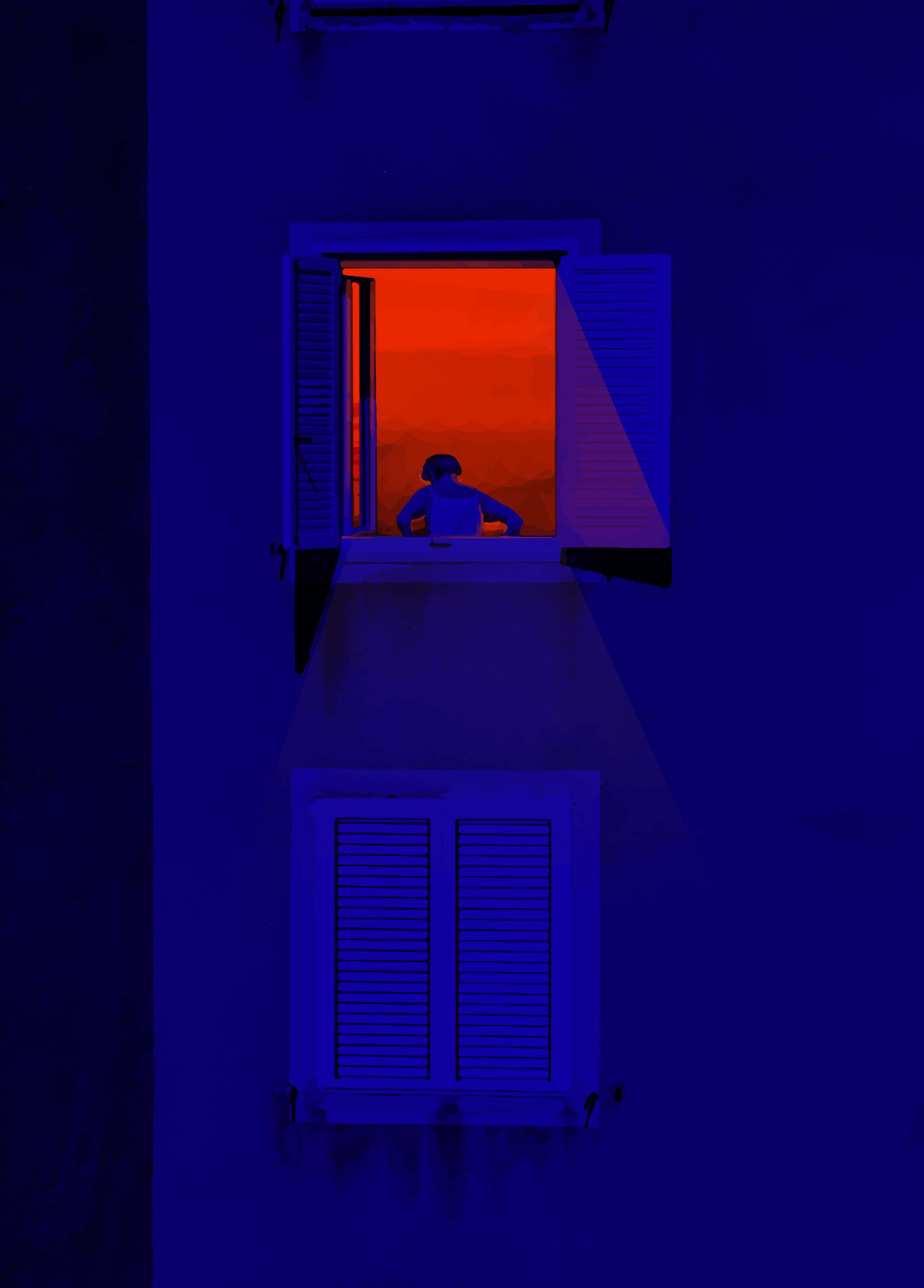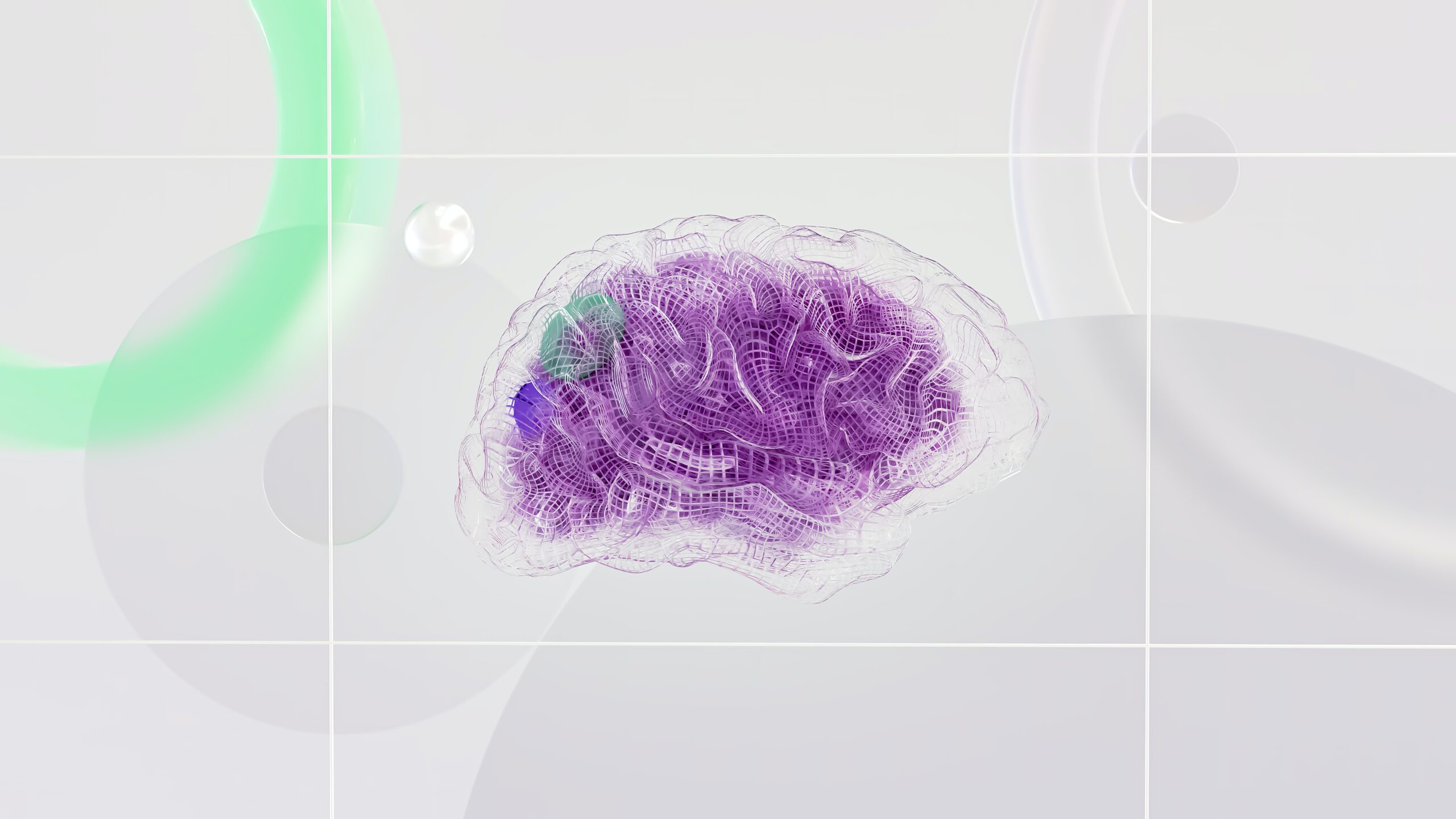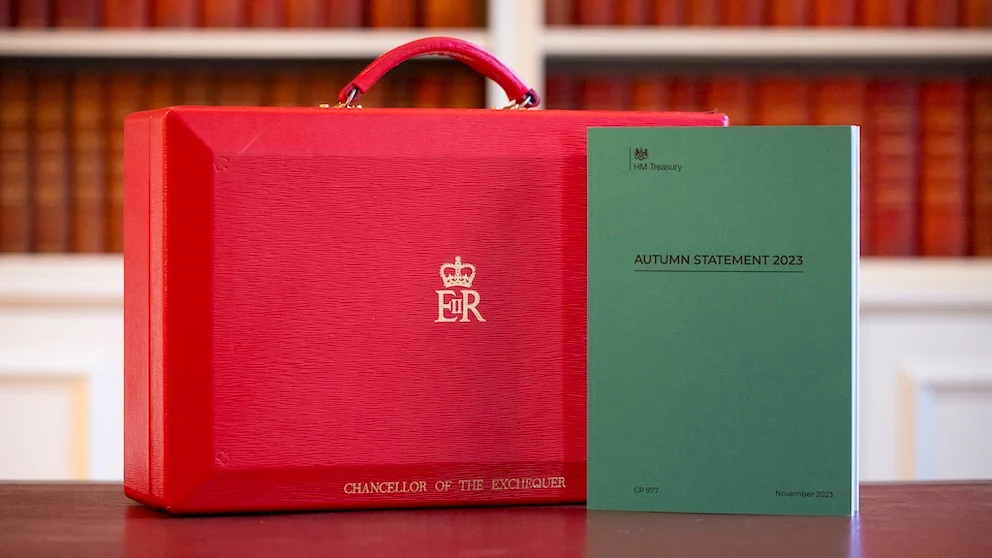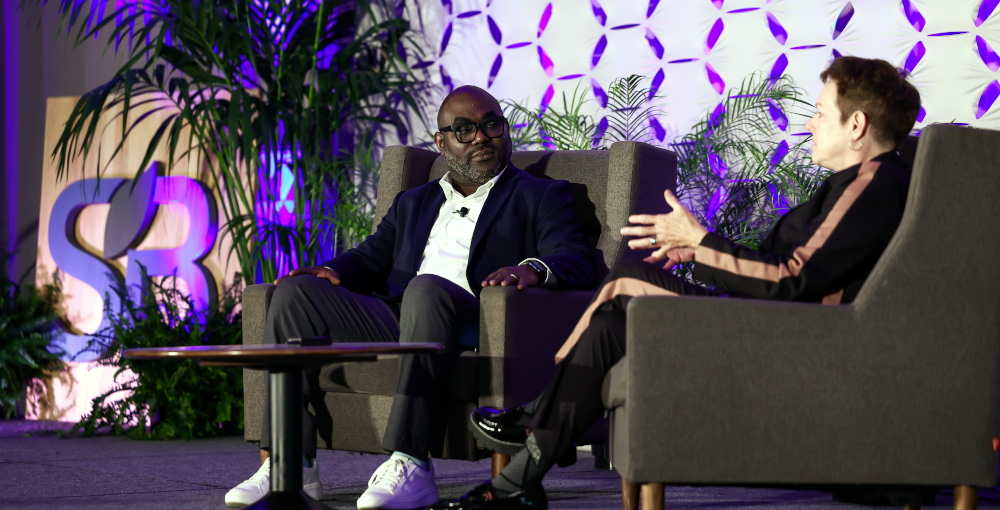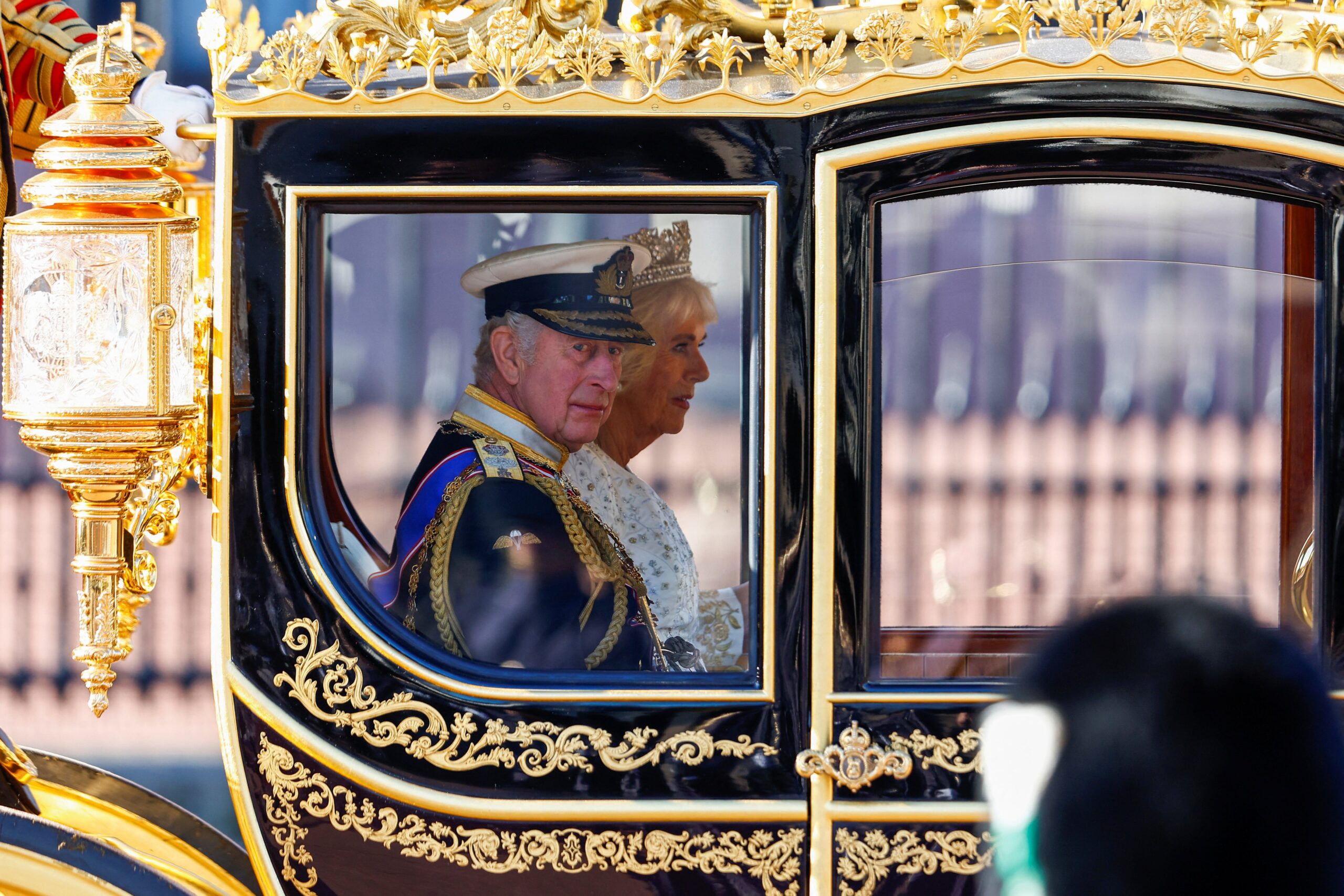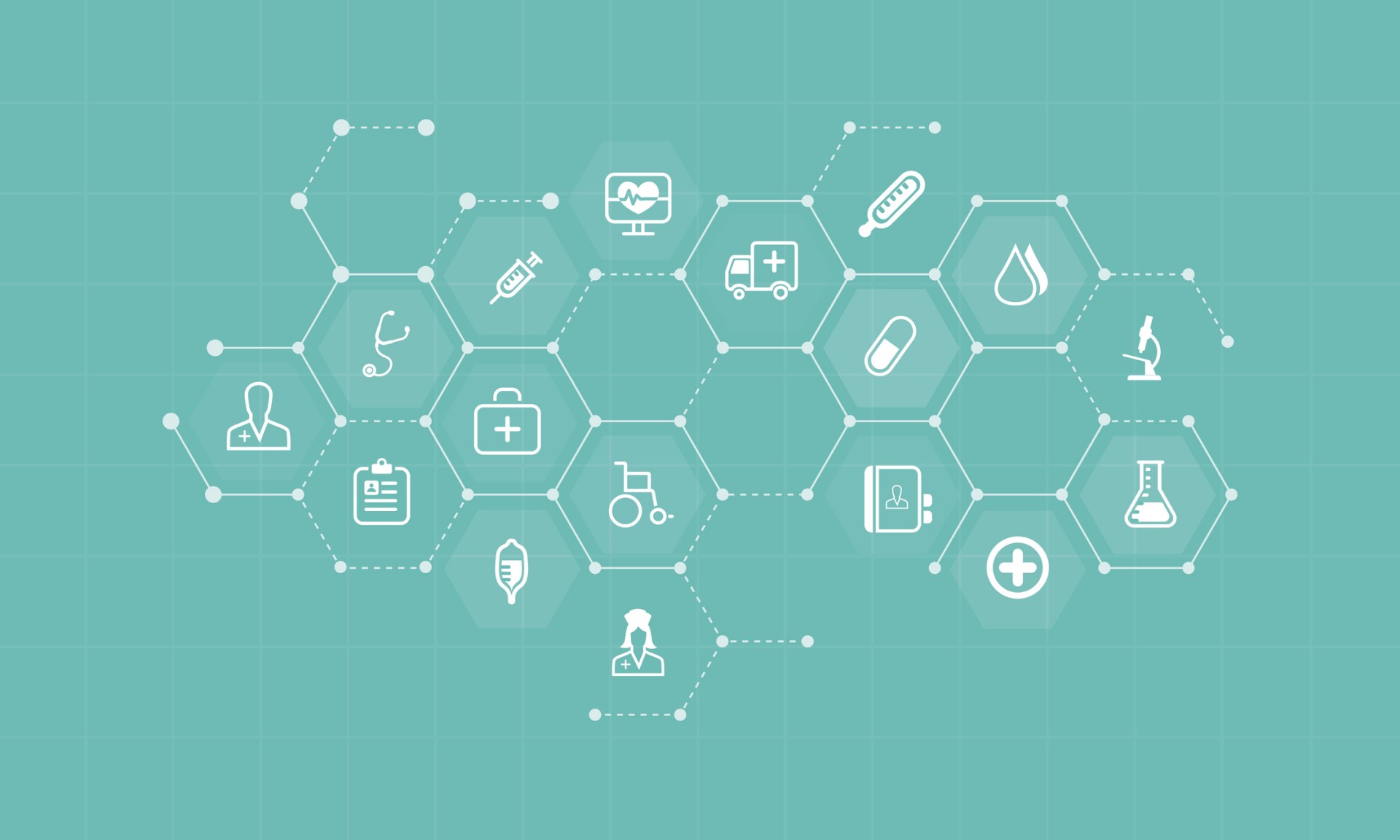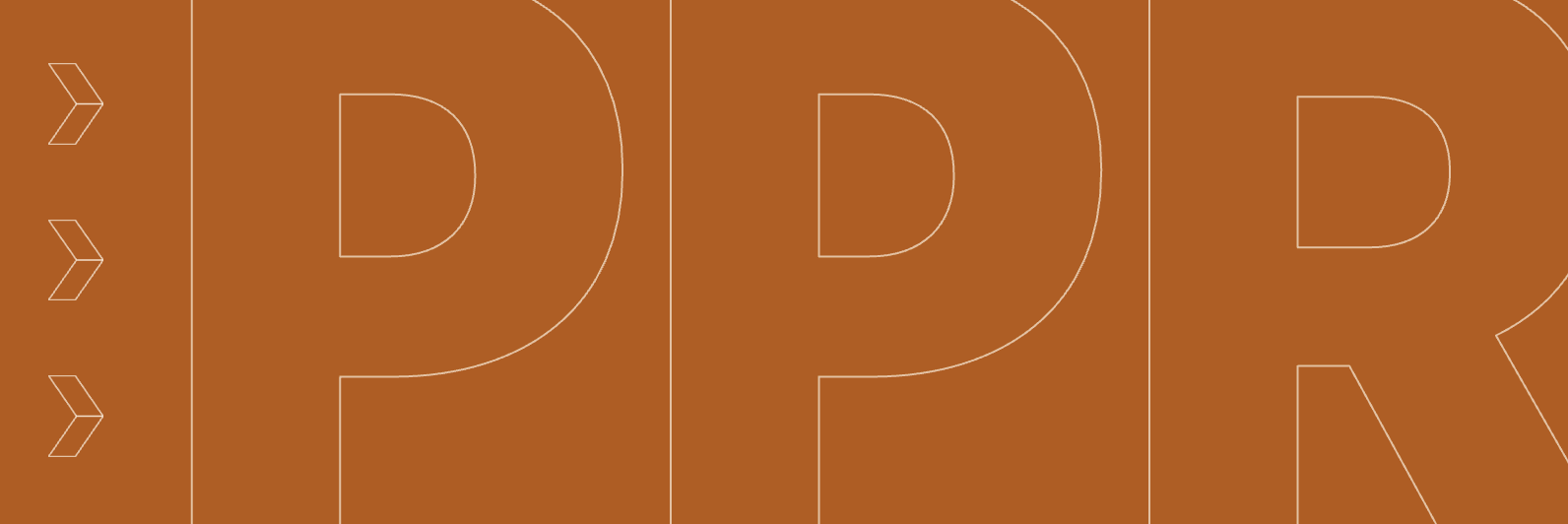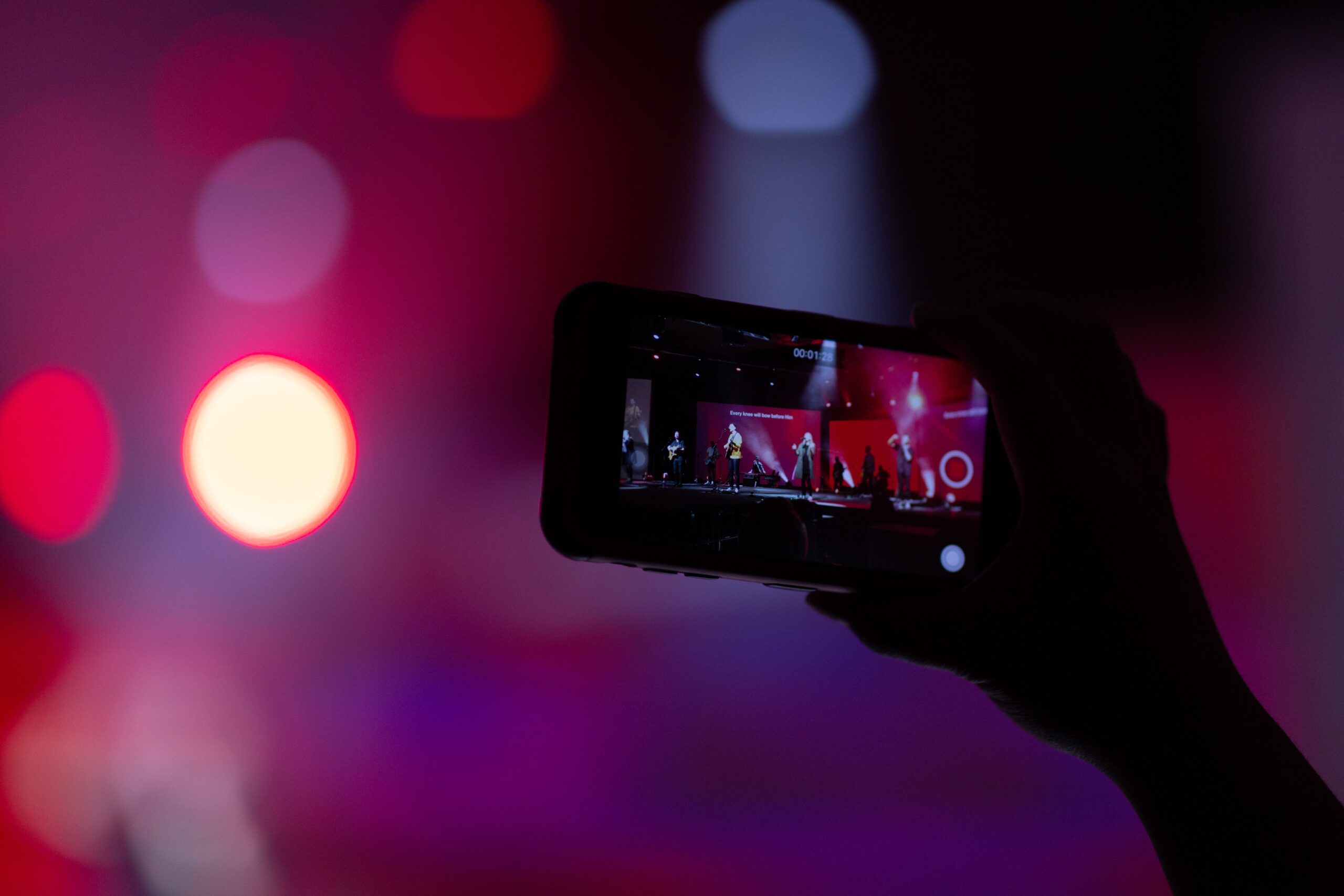Scientific and creative are not two words often used together. I’ve found that when you are young and in school, you are usually deemed someone with a ‘scientific’ mind or a ‘creative mind,’ but the truth is that they are fundamentally intertwined.
Science relies on creativity to drive innovations and new hypotheses, and creativity itself is a science in how the systems in our brain function and create outputs.
Within the creative confidence programme at Porter Novelli, which I have had the privilege to be a part of, these two ideas have been intertwined in a business setting which has led me down a road of wanting to discover what these scientific mechanisms are as I am sure we all know, we cannot magically elicit a cascade of creativity simply by wishing it to happen. Often, we may be trying to be creative, but this is different from actually being creative.
It was once thought that the left side of our brain was analytical and logical while the right side was creative and imaginative. Many studies have since proved this is not actually correct. One study in particular by Roger E Beaty[i], used a task to discover that creative thinking related to three large scale systems in our brain. These systems work dynamically across both hemispheres and in fact, the creative thinking task he used in his study is one we often use as an “icebreaker” during our creative Sessions at Porter Novelli – in what way can you use a paperclip other than its intended use?
One of the systems noted in the study is the executive attention network and when we start being creative this system, among others, is engaged. An area of this system is the anterior cingulate cortex (ACC) which as one of its roles helps to detect conflicting signals, like the alternative strategies for problem solving discussed below. as well as playing a role in attention.
In a study conducted in 2014 two researchers discovered that when people viewed a problem that they would later solve using a route different to that of their usual train of thought i.e., a more creative than analytical route, the ACC had heightened activity[ii].
We often have two ‘types of thoughts’, those that have been deemed previously useful or “correct” will be used more often, in turn leading to stronger neural pathways being created. Therefore, when looking for solutions these thoughts are then seen as a more obvious, “correct” choice. These are dominant when the ACC is not activated during a problem-solving exercise.
In contrast “weaker” less utilised thoughts are seen as less clearly related or useful to the problem at hand but are in fact the ones which inspire creativity. When the ACC is activated during the time of a problem these ‘weaker’ solutions are detected and attention is focused here. meaning we get the eureka moment of an idea which feels spontaneous and “out of the box”.
This information on its own, whilst interesting, does not help with our day-to-day creative needs. Instead, we need to focus on what gets the ACC ready to work and how we can ‘hijack’ this small area of our brain. The answer appears simple: a good mood.
When we are in a good mood, the ACC is more sensitive, resulting in more of these odd thoughts getting attention, and we are willing to take more risks. The opposite is also true; a bad mood can amplify analytical thought, and our brain begins to limit options to those that are tried and tested, logical, and arguably overused. We pay a double penalty for this negativity, as a bad mood not only limits the ACC’s ability to detect those weaker signals it also limits our willingness to act on the signals we detect.
Telling you to be in a good mood all the time is somewhat unrealistic and cannot be applied universally, but there are some things we can try to do to boost our moods at least a few days of the week:
- Daily gratitude practice
- Daily mindfulness practice
- Regular exercise
- A good night’s rest
In reality, creativity is not a simple science explained by the one area of the brain discussed here; there are many other systems, techniques and reasons for how we come up with our ideas. They work together harmoniously to allow us to enter this ‘creative’ mindset, which we are always keen to achieve for our own personal growth as well as for client deliverables.
[i] Beaty, R. E., et al. (2018). Robust prediction of individual creative ability from brain functional connectivity. Proceedings of the National Academy of Sciences, 115(5), 1087–1092. https://doi.org/10.1073/pnas.1713532115
[ii] Kounios, J., & Beeman, M. (2014a). The Cognitive Neuroscience of Insight. Annual Review of Psychology, 65(1), 71–93. https://doi.org/10.1146/annurev-psych-010213-115154
